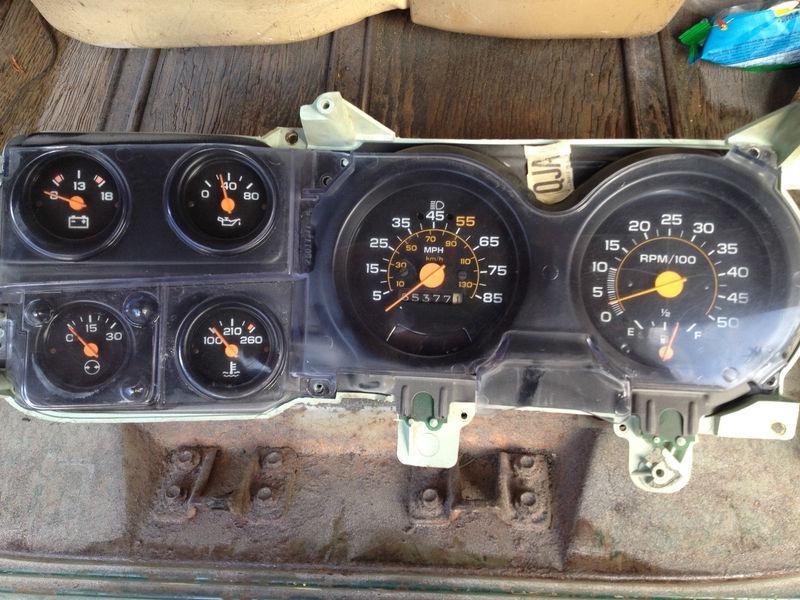dbrannon79
I'm getting there!
just a thought. you can find other squarebody trucks with the tach option. pull that tach and swap it for your fuel gauge. then swap the low coolant light for the fuel gauge. you might need to calibrate them but then you'd have factory gauges in there and retain the unmolested factory look on your dash! the tach uses your alternator to get signal. we can help you wire it in if you decide to go that route.



